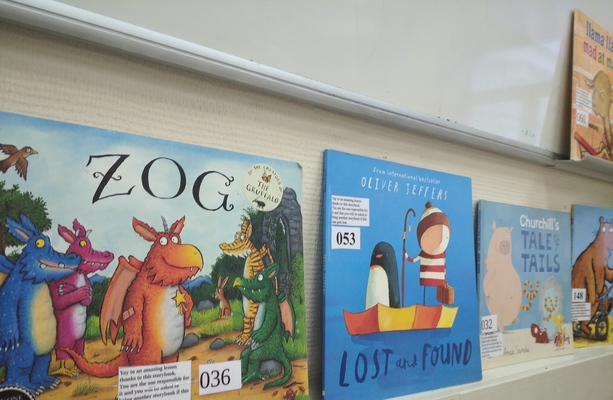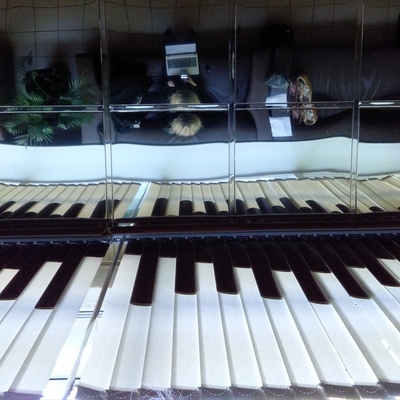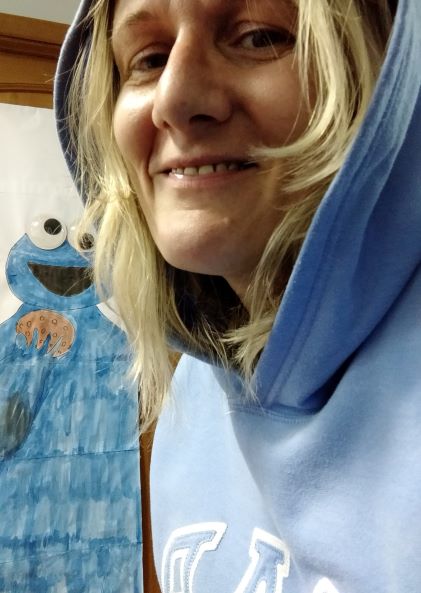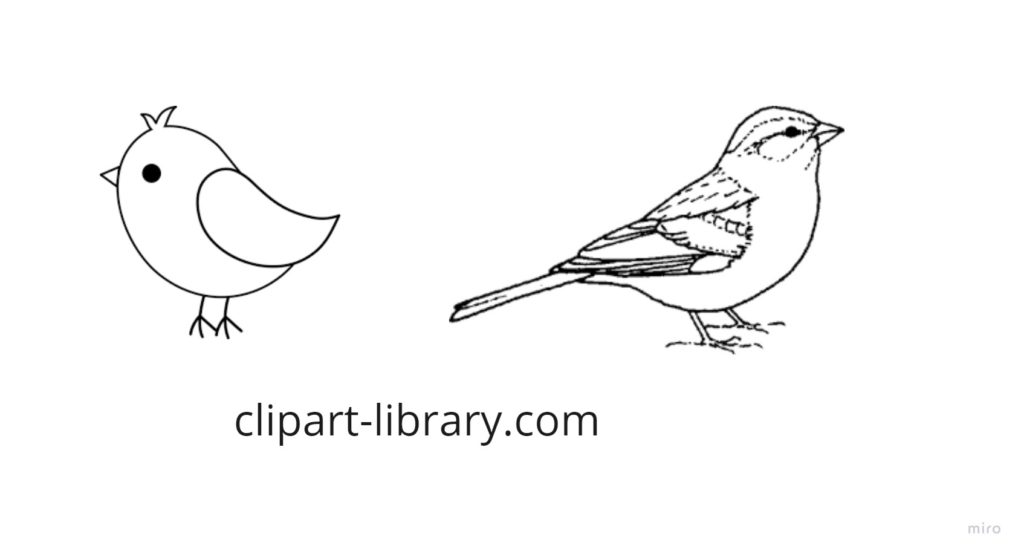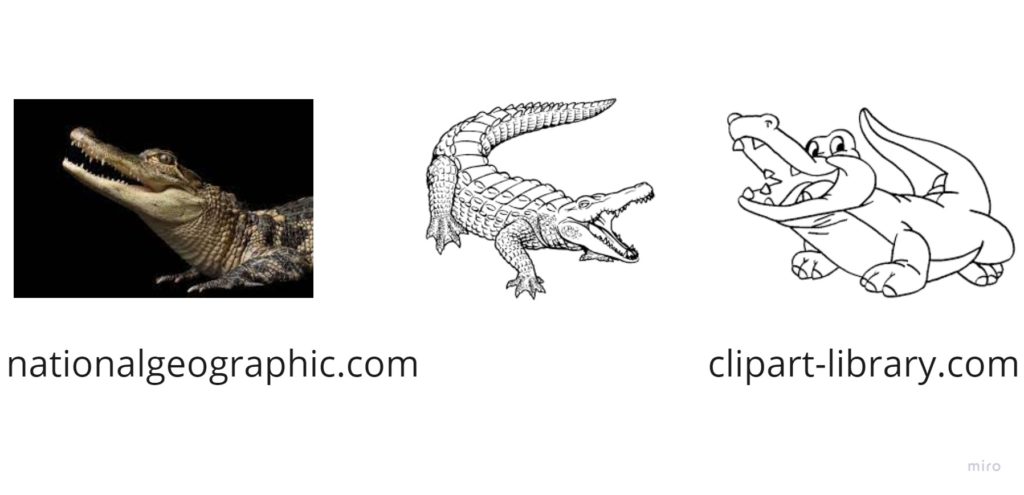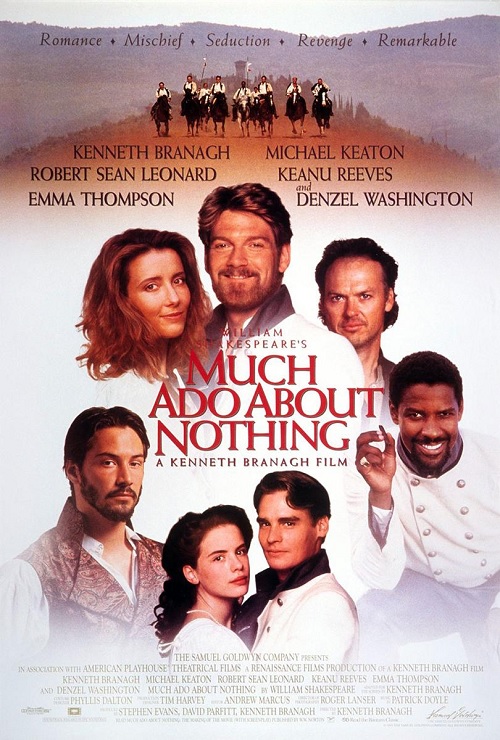*) Not any more. It is 25 000 now. OMG.

Well, it is one of my guilty pleasures to open the blog dashboard to have a look how many hits, visitors and visits there have been since the last I check. I do it regularly, of course, sometimes a few times a day, but I write down only the certain hoops, like every thousand of views. Recently, in the last few months the blog has been very active and I have registered a whole thousand of views within two weeks only…
I have just checked the most recent ‘celebration post’ and it turns out that it was written in January this year and I was rejoycing the fact that I crossed the line of 15 000 visits. Which means 8 000 since. Not too bad, I have to say!
It’s been very rewarding to see that the blog has had a growing number of readers and that, perhaps, there is something useful and necessary about what I do in the classroom and at the keyboard.
The most popular posts so far
In the post mentioned above, you can check the top ten most popular posts in January 2023. Today, this top 10 includes:
- Teaching English through Art: Why you might want to start?
- Crumbs #10: Silly pictures
- Colourful semantics in EFL?
- Much Ado About Nothing: realistic flashcards vs illustratations in the EFL world
- All you need is…a picture!
- The invisible student and why you might want to have one?
- Wordwall: Top 10 Favourite Activities
- A to Z of homework for Very Young Learners
- About the human behind the words
- The first VYL lesson survival kit
My favourite posts…
Here are my top ten favourite posts and why I really like time out of those 246 posts committed so far:
- Much Ado About Nothing: realistic flashcards vs illustrations in the EFL world: I love it because it started with a not very pleasant conversation on the social media but because what I said was met with derision and mockery, I decided to prove to myself that, indeed, I am right. And a lovely and very interesting research followed.
- All you need is…a picture! This is a post that was written after an online conference presentation which had my biggest audience so far (almost 700 people) but I really like because it is the post that really reflects what I do in the classroom. I love using pictures and visuals and illustrations and I am happy that I can share my ways of doing that. There is also the part two because the new ideas keep coming!
- Setting up the routine. A diary, week 1. This is one of the newest post because this one (and the whole series) was created at the start of the current academic year, in September. I started two new groups of primary, of brand new kids, in a brand new context, for them and for me, and I thought that it might be a good idea to keep track of what we do in the classroom during those first weeks. I am hoping that it might come in handy for all the teachers who start in the area and are on the lookout for ideas and solutions but, surprise surprise, it was also an amazing opportunity for me to reflect on the activities and to understand the process even better. I loved writing it so much that I decided to keep this series going, only now the reflection takes places only once a month, at the end of it. If you haven’t read it yet, please check it out! It definitely deserves more hits than the 33 it has got so far.
- Tell stories! Please do! This is another post that was written with pure love and this time the object of my affection was storytelling and I wrote it for all the teachers who need a little bit of convincing to start using stories in the classroom or to start using them more, not only because of their impact on the students emotional and cognitive development but, mainly, because of the amazing potential for the linguistic development.
- A balancing act. Non-competitive ESL games for kids. This post started in the teacher training classroom during the YL course this summer. I shared my long-held opinion that our lessons are overflowing with games that are competitive and that there is no appropriate balance of games and activities that promote cooperation and collaboration. And in response to my trainees’ slightly desperate question (‘But how to do it?!’), I did another research and an article came out of it.
- What an old dog learnt. A YL teacher goes back to the YL classroom. This post came about as a result of one of the adventures (or, rather, ‘adventures’) of my professional life and a real case of making lemonade of the lemons that the world throws at you. One of the things that I learnt in this Lemonade Year was that my classroom is the classroom full of kids and, I suppose, it is amazing that I was given a chance to check and to double check it, to confirm and to confirm it again.
- A lesson in structures. Notes from the classroom. Here is a post for all the VYL teachers and for anyone who is wondering how much language pre-schoolers are able to produce in the EFL setting. In one word: LOTS. If you are intereted in details, please have a look at the post. These are simply the notes I took about our everyday lesson procedures at the end of the academic year with my level 2 kids. A lot of possible if you want to and if you apply appropriate techniques. Really. I loved writing this post not only because it gave me an opportunity to be really (really) proud of my babies and myself for doing a good job, but also, because only through this reflection and the list, I could really understand the progress made. I have said it here, on this blog, but I will say it again – there is so much happening in the classroom that we simply forget! It is good to take time to look back at your lesson and lessons to remember and to see it in a better light and in a more realistic way.
- Jerome et al or how the EFL world started to scaffold. This is one of the oldest post, one of the 2020 lockdown posts and one of the first research posts. It is dedicated to one of my professional gurus, Jerome Bruner and the original research done together with Wood and Ross, about the role of tutoring in problem solving (which is the actual title of the article). I do believe that all the YL teachers need to read this one and my post can be the first step to it.
- How to see a city. From the series: Teaching English to Art. This one is where it all started for me, with teaching English through Art. It involves the following: a long, long time ago, my teenage group, Georgia O’Keeffe, Frida Kalho and New York. If you haven’t used any Art in class, this is a good place to start.
- And I love absolutely all of the posts in the Crumbs series, the little ideas from the classroom. These are just the activities that I have created or adapted for my classroom and things that worked with my students. I have to admit that I am quite proud of the format of a recipe with the ingredients and the procedures but upgraded with the ‘why we love it’ section. So far, there have been 72 crumbs worth sharing.
A few words from the human behind the words
I love teaching and I love writing and it is a just precious that I can combine these two things here, on the blog and I have been doing it for almost four years now (short of a few months). The funny thing is that I started this post as a way of celebrating another benchmark, 23 000 visits, but, somehow, due to the magic in the world, before I was able to finish it those 23k turned into almost 24k overnight. And, over the next two weeks (as in: 14 days) it became 25 000.
I don’t get it but I am happy)
That means, that somewhere out there, in the US, India, Canada, Russia, Spain, Hong Kong, Japan, Egypt, the UK, Germany, Finland, Israel, Cambodia, Italy, Latvia, Taiwan, Australia, New Zealand, Argentina, Brazil, Kuwait, Poland and Ghana, there are people who decided to click and to read about my classroom life. And I hope that they took something out of it.
Thank you, dear readers!
Happy teaching!
